His family was killed, he was taken as a slave, and he lived in the Bronx Zoo's monkey house as a human exhibit. This is the story of Ota Benga.
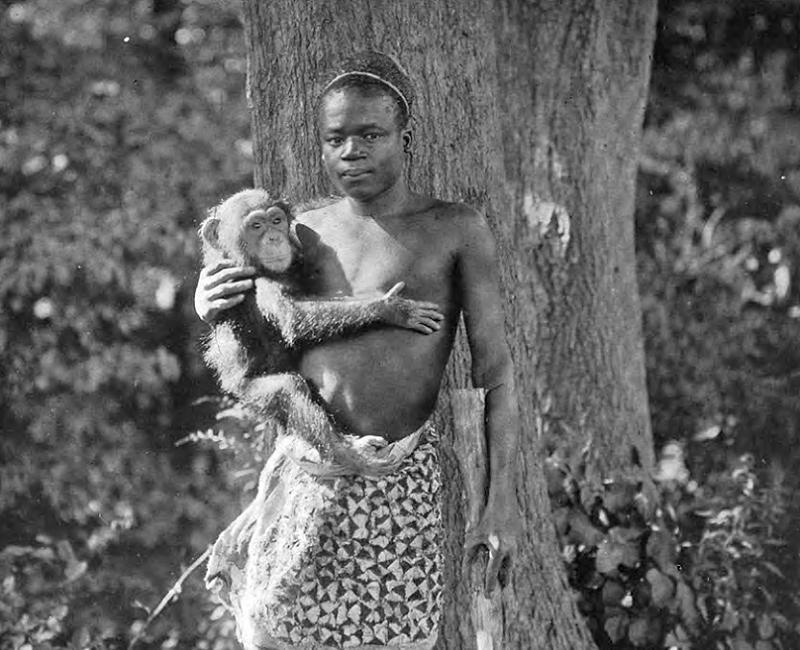
Ota Benga on display at the Bronx Zoo in 1906. Image Source: Wikimedia Commons
On March 20, 1916, a 32-year-old African man named Ota Benga shot himself in the heart while being held against his will in the United States. Benga’s short, sad life was shaped by colonial avarice justified by the quack science of eugenics.
Through it all, he did what he could to keep his dignity intact despite being subjected to the most degrading treatment imaginable. His story, like far too many tragedies, begins in the Congo, then known as the Congo Free State.
The Belgian Congo As Ota Benga Knew It
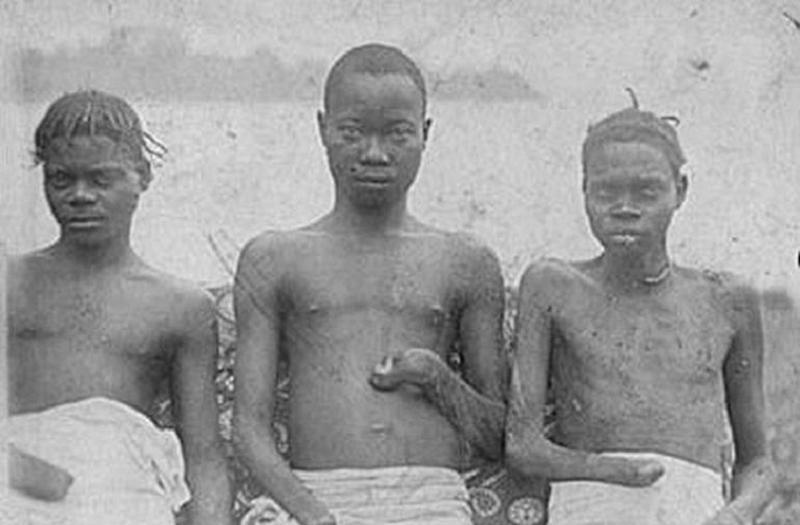
Many Congolese forced laborers had their limbs severed for not meeting rubber quotas by the Belgians during colonial occupation of the territory.
The country now known as the Democratic Republic of Congo used to be a big blank spot on the map. Dense rainforest and an unnavigable river made exploration nearly impossible until the late 19th century, when King Leopold II of Belgium decided he’d quite like to have it (and the region’s vast rubber resources).
He commissioned a series of expeditions to the region (including one by the famously presumed-upon Dr. Livingstone) to map the terrain and get a feel for what the place was worth.
Though the new colony was to be called the Congo Free State — an area equal in size to Alaska and Texas combined — there was nothing free about it. It was the personal property of King Leopold II.
Under the administration of Leopold’s overseers, the Belgian Congo descended into a nightmare of whippings, amputations, forced labor, and mass killings.
The situation got so bad that even the other colonial powers complained about the way people were treated in the territory, with Britain launching an official investigation in 1903 that helped lead to some reforms. But ultimately, some estimates say that as many as 10 million Congolese were killed under King Leopold.
This is the misery into which Ota Benga was born.
Before The Belgians

Ota Benga in 1904. Image Source: Wikimedia Commons
Benga was born in the Ituri Forest, in the extreme northeast of the colony, to the Mbuti Pygmies. His people lived in loose bands of family groups of between 15 and 20 people, moving from one temporary village or camp to another as the seasons and hunting opportunities dictated.
Benga married young and fathered two children, which put him on track to start his own family and perhaps someday lead a band himself, like the Mbuti had done for thousands of years.
Ota Benga’s Family Slaughtered, Alone In The Wild
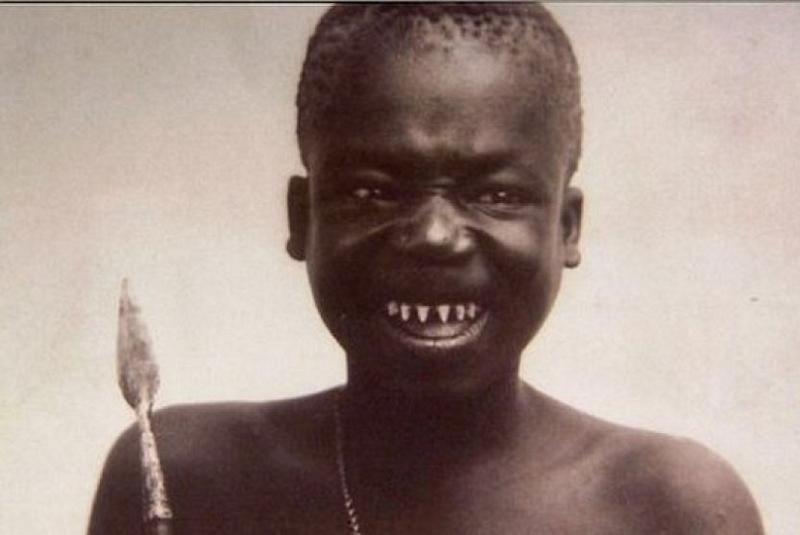
Ota Benga.
But that wasn’t to be. Benga would never lead his own band.
When he was still a teenager, the eastern Congo erupted into a war that saw mass deportations, raids by Arab slavers, and an invasion by the Force Publique, a Belgian-led occupying army that was manned by the dregs of the colony and commanded by some of the worst sadists Belgium could produce; the Force Publique was originally formed to enforce rubber quotas and beat complainers with hippopotamus-hide whips.
Like many colonial militias, they were corrupt: they raped and murdered villagers, even collecting severed hands and heads. Sometime in the late 1890s, Force Publique “soldiers” found Benga’s family camp and killed his entire family. He was out hunting at the time, so he only got to see the aftermath of the massacre.
To a hunter-gatherer like Benga, the family is life itself. Without them, he had the choice of wandering alone until he died, or seeking out a new family group and begging them to take him on as a helper.
A Pound Of Salt, A Bolt Of Cloth
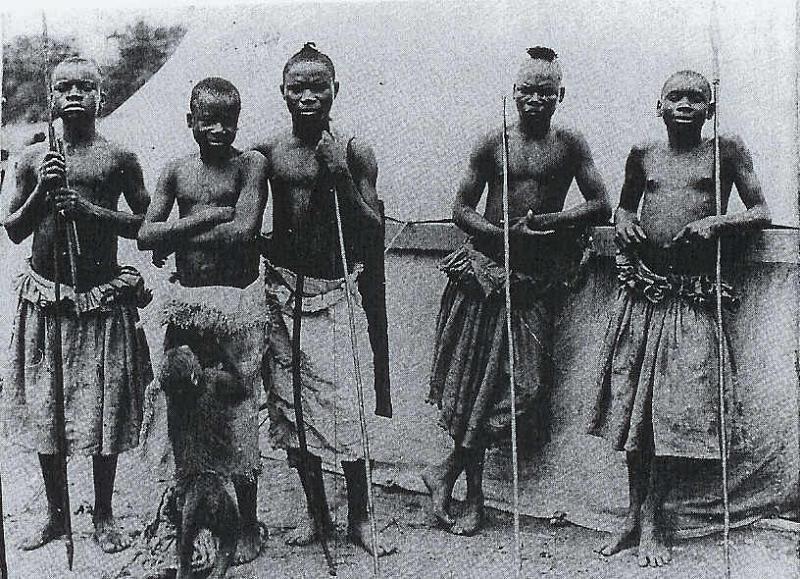
Ota Benga (second from left) with several other pygmies. Image Source: Wikimedia Commons
However, aside from dying or finding a new family, fate tossed Benga a third option.
A short time after losing his family, he was picked up by slave traders who put him in chains and dragged him out of the forest, which had been the only home he had ever known. They put him to work as a laborer in an agricultural village. It was there, in 1904, that Benga was discovered by, of all people, an American businessman and amateur explorer named Samuel Verner.
Verner had been sent to the Congo on an expedition commissioned by the Louisiana Purchase Exposition, which was planning an exhibit for the St. Louis World’s Fair that would “educate” the public in what was then a racist, pseudoscientific brand of anthropology.
Verner’s job was to find some authentic African pygmies to display as “missing links” in human evolution. Looking at Benga, a lean, very black, very short man with teeth that had been filed into points, Verner knew he had what he needed. He bought Benga for a pound of salt and a bolt of cloth.
Across The Sea
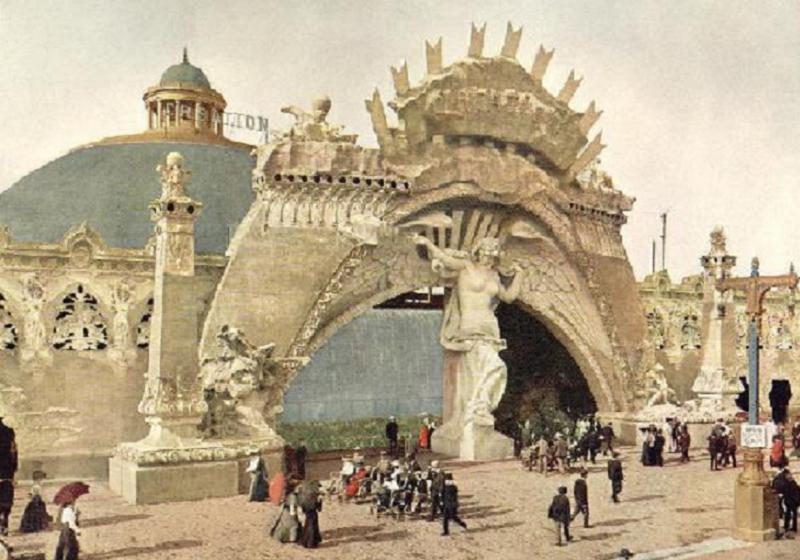
The 1904 World’s Fair.
Verner’s group promptly brought Benga to St. Louis, where he was the hit of the 1904 World’s Fair.
He and the other captive Africans he had been lumped in with quickly figured out that the crowd wanted to see genuine African “savages,” so they started imitating the dancing and war-whoops they saw the nearby American Indians doing. He made friends with Geronimo and charged increasingly interested visitors five cents to see his teeth. At one point, the National Guard had to be called in to control the crowds because they were getting so large.
After the fair, Benga traveled with Verner and even returned to Africa for a time. In 1905, he took up residence with another Congolese tribe, the Batwa, and married a woman from the tribe. The marriage only lasted a few months, ending when Benga’s wife died from a snakebite. At loose ends again, Benga traveled back to the United States with Verner in 1906.
The American Museum Of Natural History And What Happened After

Contemporary New York Times reporting on the Ota Benga exhibit at the Bronx Zoo.
Upon returning to the United States in 1906, Benga’s first stop was a spare room at the American Museum of Natural History, where he again “delighted” visitors by pretending to be a babbling half-human.
On one occasion he was asked to seat a wealthy donor’s wife. Benga pretended not to understand and threw the chair at her instead, just missing her.
Everybody at the museum liked Benga, but the director refused to pay Verner the salary he was asking for, so eventually the pair picked up and moved to the Bronx Zoo, which was looking to expand its monkey house.
Benga was allowed free movement through the zoo grounds, but his hammock was slung in the primate exhibit. He was displayed as part of the New York Anthropological Society’s exhibit on human evolution. Local black clergy were appalled by the exhibit and demanded Benga’s release, even lobbying the governor to force the zoo to shut down the display.
Benga was eventually released into the custody of James Gordon, the minister who had led the charge to free him. He then went to live in Gordon’s black orphanage.
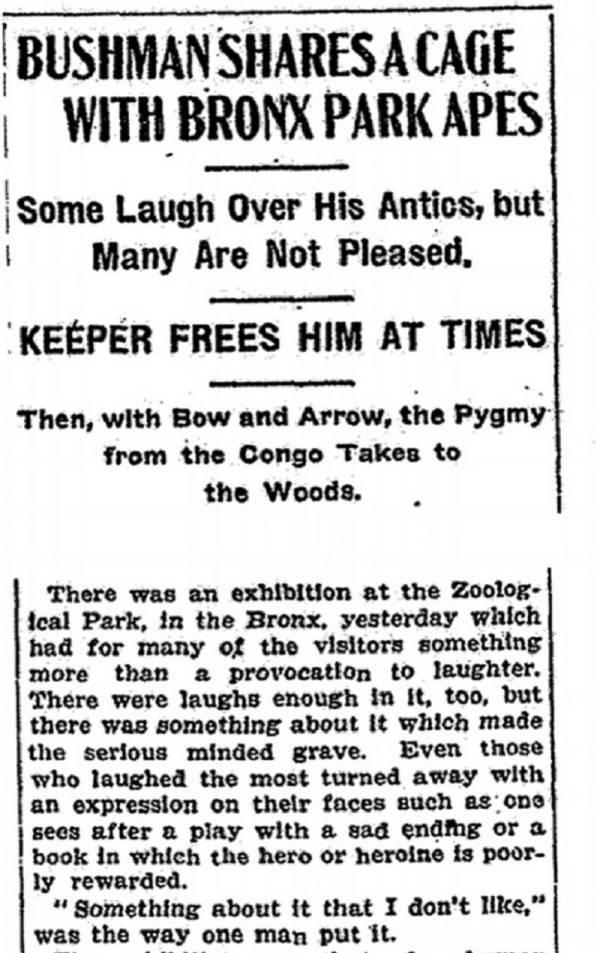
A 1906 New York Times report on Ota Benga. Image Source: Wikimedia Commons
Still unhappy with his life, Benga eventually moved to Lynchburg, Virginia, to live with friends of Gordon named the McCrays. Gordon still managed Benga’s affairs, and he seemed to have definite ideas about how the 27-year-old man should live. Gordon arranged to have Benga’s teeth capped and enrolled him in a school for non-white children. He also got Benga a job at a local tobacco plant, where he seemed to have been popular and told his story for free root beer.
However, by 1914, Benga was planning a final return to Africa. Life in America, he decided, wasn’t for him. With the money he made from the tobacco job, Benga started putting things in order and looking for passage to the nearest port to his homeland.
By this time, Leopold II was dead, and the Belgian government had stepped in to clean up some of the mess he’d left behind. Conditions were looking up in the Congo, and it was time to go home for good.
But this return passage was not to be. The outbreak of World War I suspended most cross-Atlantic shipping, and the German occupation of Belgium threw the Congo into bureaucratic chaos, with nobody allowed in or out. On March 20, 1916, depressed at the thought of not being able to return home, Ota Benga shot himself in the heart.
Next, read about zoologist who at everything, including a king’s heart. Then learn about Cudjo Lewis, the last slave brought to America.





